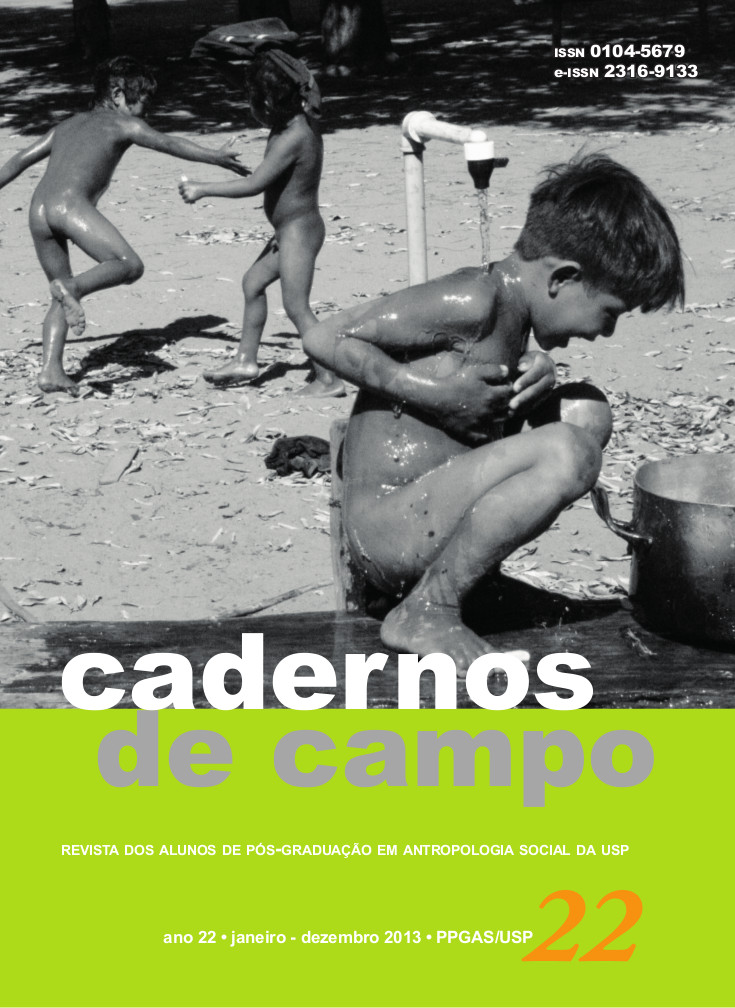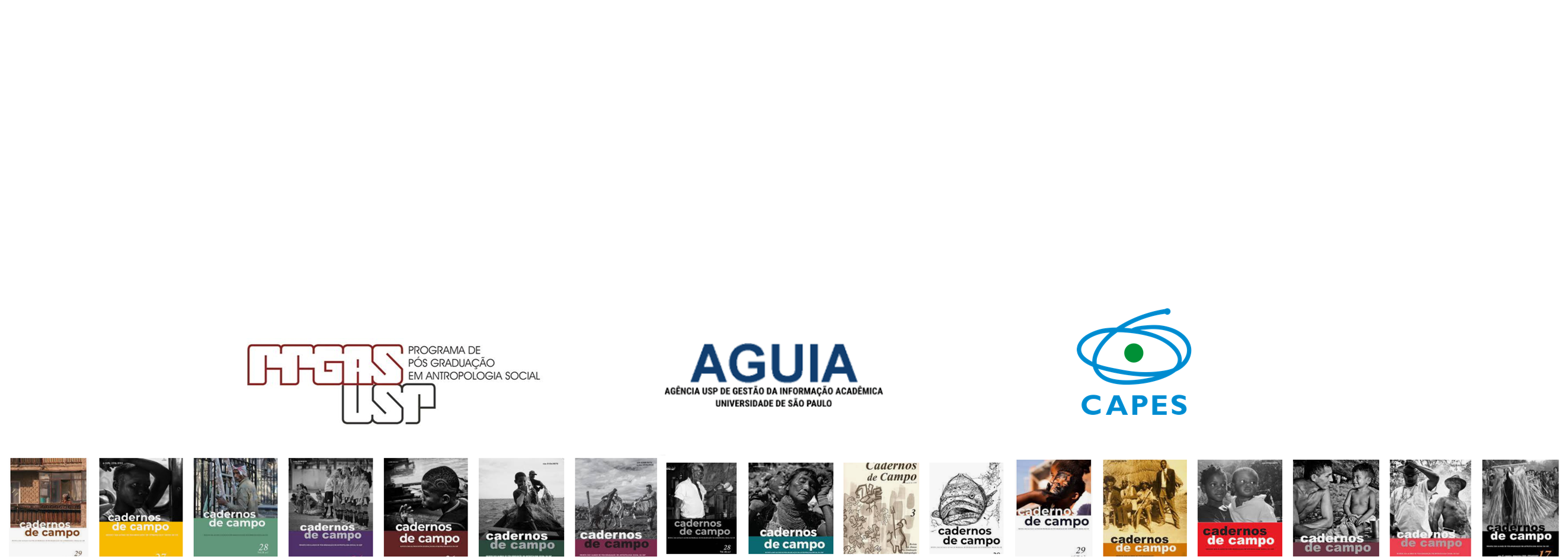Signos urbanos juvenis: rotas da piXação no ciberespaço
DOI:
https://doi.org/10.11606/issn.2316-9133.v22i22p45-61Palavras-chave:
Juventude, Ciberespaço, Pixação, LinguagemResumo
Este texto é parte de uma pesquisa que vem sendo desenvolvida acerca das experiências juvenis e conexões entre esferas online e offline. Nesse estudo são traçados percursos de signos de pixadores entre a cidade e o ciberespaço. Foi tomado como locus de observação as redes de relacionamento do Orkut e Facebook de pixadores destacados de Fortaleza. Além da etnografia no ciberespaço, foram realizadas entrevistas online econtatos presenciais. Os pixadores “tacam marcas” no ciberespaço. Observou-se que as marcas das “siglas” de pertencimento, o “nome” dos pixadores, podem definir territórios no ciberespaço não necessariamente acoplados aos ambientes da cidade. O “xarpi” pode ser “apagado” dos lugares físicos da cidade e, mesmo assim, resistir ao efeito do tempo no ciberespaço. Percebe-se ao longo da pesquisa que o ciberespaço possibilita a partilha do nome e a visibilidade da sigla de pertencimento no universo das demais siglas, produzindo assim outro “regimes de signos”.
Downloads
Downloads
Publicado
Edição
Seção
Licença
Autorizo a Cadernos de Campo - Revista dos Alunos de Pós-Graduação em Antropologia Social da Universidade de São Paulo (PPGAS-USP) a publicar o trabalho (Artigo, Ensaio, Resenha, Tradução, Entrevista, Arte ou Informe) de minha autoria/responsabilidade assim como me responsabilizo pelo uso das imagens, caso seja aceito para a publicação.
Eu concordo a presente declaração como expressão absoluta da verdade, também me responsabilizo integralmente, em meu nome e de eventuais co-autores, pelo material apresentado.
Atesto o ineditismo do trabalho enviado.





 eISSN: 2316-9133
eISSN: 2316-9133